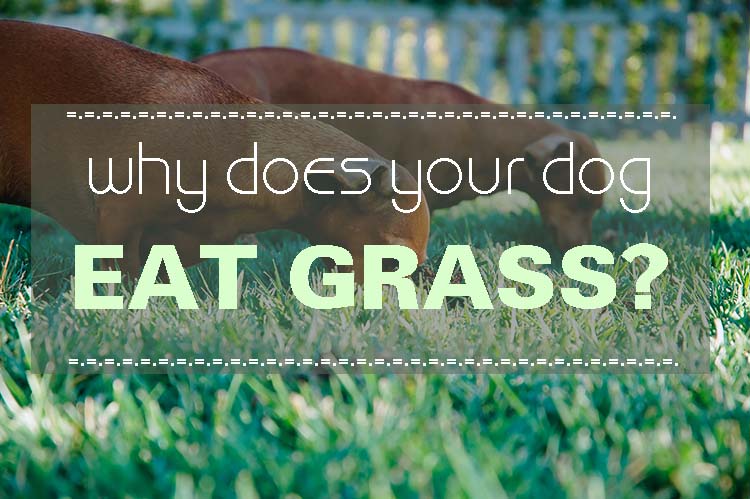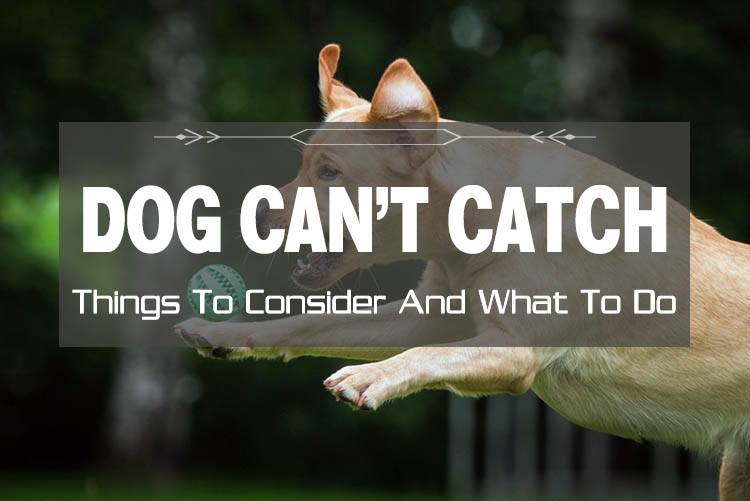Have you ever wondered why do dogs bark at their reflection? Many pet owners find it funny to watch their dog see its own reflection in the mirror, wag its tail, or even start barking at what it thinks is an other dog. It’s especially interesting to observe your dog’s curiosity or confusion when encountering its reflection for the first time. But behind that amusing moment is fascinating animal behavior rooted in self awareness, scent recognition, and natural instincts.
This article explores why this happens, what it means about your dog’s sense of self (not the same self awareness humans have), and how you can help your pet feel more comfortable around windows, glass, and patio doors inside the house. Dogs generally respond to their reflection by barking, growling, or displaying playful behaviors, but most will lose interest as they get older.
Key Takeaways
- Dogs react differently to their own reflection depending on personality, experiences, and environment.
- Many dogs mistake their reflection for a real dog because the image lacks a familiar scent to identify.
- Training with treats and toys can reduce barking and anxiety around mirrors or patio doors.
- Persistent growling or excessive barking may signal deeper issues that need professional help and tailored suggestions.
- Puppies tend to outgrow barking or reacting to their reflection as they mature.
The Curiosity Behind the Reflection
When a dog sees its reflection, what it notices first isn’t “me” — it’s another animal. Because dogs depend so much on smell (their strongest sense) and not just sight, seeing a silent image with no scent is confusing. The reaction that follows — barking, sniff-ing, pawing a door, or playful chase — is a mix of curiosity and instinct.
Many dogs react differently. Some notice and walk away, others laugh-worthy tilt-head, while a few simply lose interest and stop. Puppy behavior can be extra enthusiastic; puppies may paw the glass, catch a glimpse, and then stopped, unsure whether to play or stop. Some puppies have even barked at their reflection, thinking it’s another dog.
So, when your puppy starts barking at a mirror or glass door, it’s not aggression — it’s curiosity in action and a totally normal part of learning to recognize the world. Many owners find these reactions cute, even if they can sometimes be persistent.
Self Awareness and the Dog Mind
Dogs do have a form of self awareness, though it isn’t the same self awareness humans show when recognizing faces or teeth in mirrors. Instead, dogs recognize their own body’s influence on the world — for example, moving a paw to touch a toy or noticing when they stand on a blanket that keeps a toy from moving.
In a classic test called the body-as-obstacle, researchers found that dogs could notice their body blocking access to a toy and then move off it — showing a kind of basic awareness.
However, dogs don’t typically pass the traditional “mirror test” (spotting a mark on the chest or face via a reflection). In some versions of this test, a colored bit or spot is placed on the animal’s body to see if it notices the mark in the reflection. If she’s curious, she might try to investigate the mark. Without the confirming scent, the brain can’t identify the image as “me,” so a dog may assume it’s a real dog right there in the room.
Mistaking Reflections for “Other Dogs”
When your dog barks at its reflection, it’s often reacting to what it perceives as an intruder. Territorial instincts kick in. In your dog’s mind, another animal might be standing near the favorite bed or inside the house by the door.
Dogs with strong protective tendencies may stand tall, growling, or start barking — a sign they’re defending their territory. Others might see the “other dog” as a playmate and wag their tails, ready for fun.
Because there’s no scent, your dog’s nose can’t identify what the eyes notice, which makes the moment confusing. Over time, many dogs realize the image never behaves like a real dog and lose interest — a process known as habituation.
Tip: Keep a quick log of when reflections trigger reactions (time of day, light, specific window or patio doors). Patterns help you train smarter.
How Light and Glass Confuse Dogs
Reflections in patio doors, windows, or mirrors are more than visual tricks — they can be sensory puzzles for pets. Light bouncing off glass can create flashes or gleams that trigger a dog’s prey drive, especially at night when sight cues are less reliable.
You might notice your dog tilt its head, sniff, or paw the door, trying to identify the other dog. High-energy dogs may chase the moving gleam across the floor or catch a glimpse and spin back again.
To help your pet, try:
- Closing curtains or using frosted glass to reduce reflections (great near patio doors and big windows).
- Gently pull your dog away from reflective surfaces when it fixates; then reward a begin-to-calm moment.
- Offering toys and high-value treats to distractingly refocus attention and build calm habits.
By managing light and glass, your dog can relax, stop the reflex to chase, and feel safe in the room.
Encouraging Positive Behavior
Training helps your dog feel calm and confident around mirrors and glass. You can encourage calm behavior by rewarding your dog whenever it ignores or calmly observes its reflection. The best way to teach is through positive reinforcement — rewarding calm behavior rather than scolding.
If your dog barks at its reflection, use treats and praise the moment it looks away or settles. Over time, your dog learns that being calm earns rewards.
Practical techniques:
- Counterconditioning: Gradually expose your dog to mirrors while pairing calm moments with treats, praise, and a favorite toy.
- Pause technique: Briefly pause play until calm returns, then continue (great near patio doors or a shiny window).
- Redirect & Release: Cue a walk away, then focus on a simple task (sit, down) before a calm release to the area.
- Teaching commands: Practice teaching commands like “leave it” to help your dog manage barking or growling at reflections.
These methods don’t just stop barking; they build focus, confidence, and self-control — and make life around mirrors a lot more peaceful and fun.
When to Seek Professional Help
If barking, growling, or obsessive chase continues despite training, consider a certified trainer or behaviorist. Persistent reactivity may signal anxiety, fear, or territory stress.
Professionals can tailor plans using careful exposure, desensitization, and reward-based strategies so your pet can begin feeling secure and not get stuck in patterns anymore.
Summary
Understanding why do dogs bark at their reflection means looking beyond the funny moment in front of the mirror. It’s about recognizing your dog’s instincts and senses — from curiosity to territory defense.
By using treats, toys, curtains, and positive training, you can help your pet recognize what’s happening, stop overreacting, and feel at ease around glass, patio doors, and windows. Each dog reacts differently — some realize what’s going on, others just enjoy the fun.
With patience, love, and a few smart training tricks, you can turn barking at a reflection into a moment of learning — and laughter.
Curious about other dog behaviors and what they mean?
Explore more of our dog behavior guides to discover new ways to understand, teach, and connect with your furry friend every day.
Frequently Asked Questions
Why does my dog bark at its reflection?
Your dog might be barking at its reflection because it sees it as another dog, which triggers their natural curiosity or defensiveness. It’s a common behavior, so don’t worry too much about it!
How can I stop my dog from barking at mirrors or patio doors?
Use toys and treats to redirect, close curtains to manage light, and teach a calm look-away cue. Praise quiet moments and keep sessions short and fun.
Can puppies be more reactive to mirrors?
Dogs depend on scent more than sight. Without smell, the brain can’t connect what the eyes notice, so the reflection seems like a strange animal in the room.
Why do reflections confuse dogs so much?
Yes, puppies are often more reactive to their reflections because they are still learning about their environment and social cues. They may bark, growl, or try to play with the reflection, mistaking it for another dog, but they usually grow out of this behavior as they mature.
When should I seek professional help?
If barking turns to persistent growling, snapping, or doesn’t stop despite training, it may be time to consult a professional for customized suggestions and a clear train plan.




